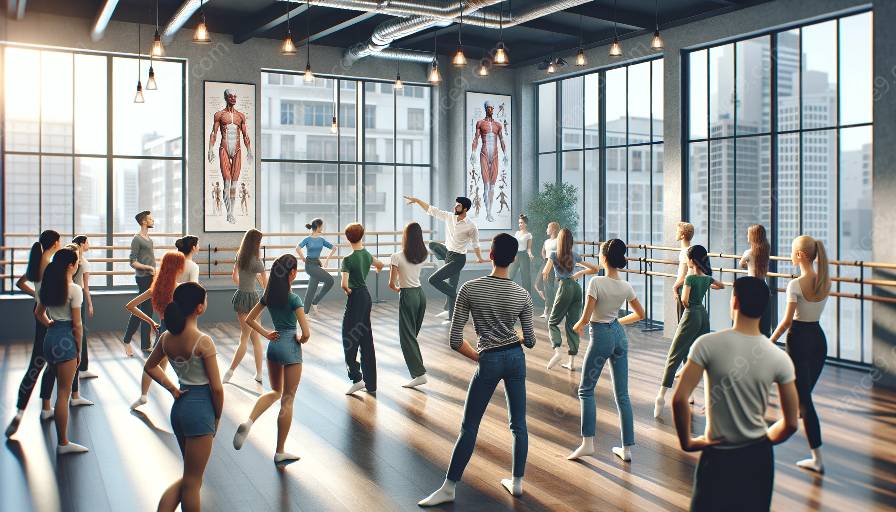Dance education is a dynamic and multifaceted discipline that encompasses a wide range of teaching methodologies and educational frameworks. Within this diverse landscape, the integration of improvisation and choreography plays a crucial role in developing dancers' artistic and technical abilities. By exploring the intersecting realms of improvisation and choreography, dance educators can enrich their pedagogical approaches and provide engaging and comprehensive training experiences for their students.
Understanding Improvisation and Choreography
Improvisation and choreography are two distinct yet interconnected aspects of dance that are essential for nurturing creativity, technical proficiency, and expressive communication. Improvisation allows dancers to explore movement spontaneously, tapping into their creative instincts and cultivating a sense of freedom and individuality. On the other hand, choreography involves the deliberate composition and arrangement of movement sequences, requiring dancers to channel their artistic vision and embody specific choreographic concepts.
While improvisation encourages dancers to respond intuitively to the present moment, choreography empowers them to shape and refine their movements with intention and precision. When these two elements are seamlessly integrated, they create a dynamic synergy that enhances dancers' versatility, adaptability, and artistic expression.
Alignment with Dance Teaching Methodologies
Integrating improvisation and choreography aligns with a variety of dance teaching methodologies, including traditional, contemporary, and holistic approaches. In traditional methodologies, the integration of improvisation and choreography provides a balanced foundation for technical training, artistic development, and performance preparation. By incorporating creative exploration and compositional skills, students can gain a deeper understanding of movement dynamics and spatial relationships, enriching their overall dance practice.
In contemporary dance teaching methodologies, the fusion of improvisation and choreography reflects the evolving nature of dance as an art form. This integration encourages students to engage in collaborative and experimental processes, allowing them to expand their artistic vocabularies and embrace diverse movement aesthetics. Furthermore, holistic methodologies emphasize the interconnectedness of body, mind, and spirit in dance education, and the integration of improvisation and choreography supports the holistic development of dancers by nurturing their creative expression, emotional intelligence, and kinesthetic awareness.
Contributions to Dance Education and Training
The integration of improvisation and choreography significantly contributes to the comprehensive training of dancers by fostering a range of essential skills and attributes. From a technical perspective, this integration enhances dancers' spatial awareness, musicality, and adaptability, enabling them to navigate varied movement scenarios and performance contexts with confidence and artistry. Additionally, embracing improvisation and choreography empowers dancers to develop their artistic voice, experiment with new movement possibilities, and refine their choreographic sensibilities.
Beyond technical proficiency, the integration of improvisation and choreography also cultivates critical thinking, collaboration, and self-expression among dancers. Through improvisational exercises and choreographic explorations, dancers learn to make creative choices, communicate effectively with peers, and articulate their individual perspectives through movement. These experiences not only strengthen their artistic identity but also prepare them for the complexities of the professional dance world.
Conclusion
The integration of improvisation and choreography in dance education offers a rich tapestry of benefits for students, educators, and the broader dance community. By embracing these interconnected elements, dance educators can foster a learning environment that celebrates spontaneity, innovation, and artistic integrity. As dancers engage in creative improvisation and purposeful choreography, they develop the skills and sensibilities necessary to thrive as versatile artists, empathetic collaborators, and confident performers.















